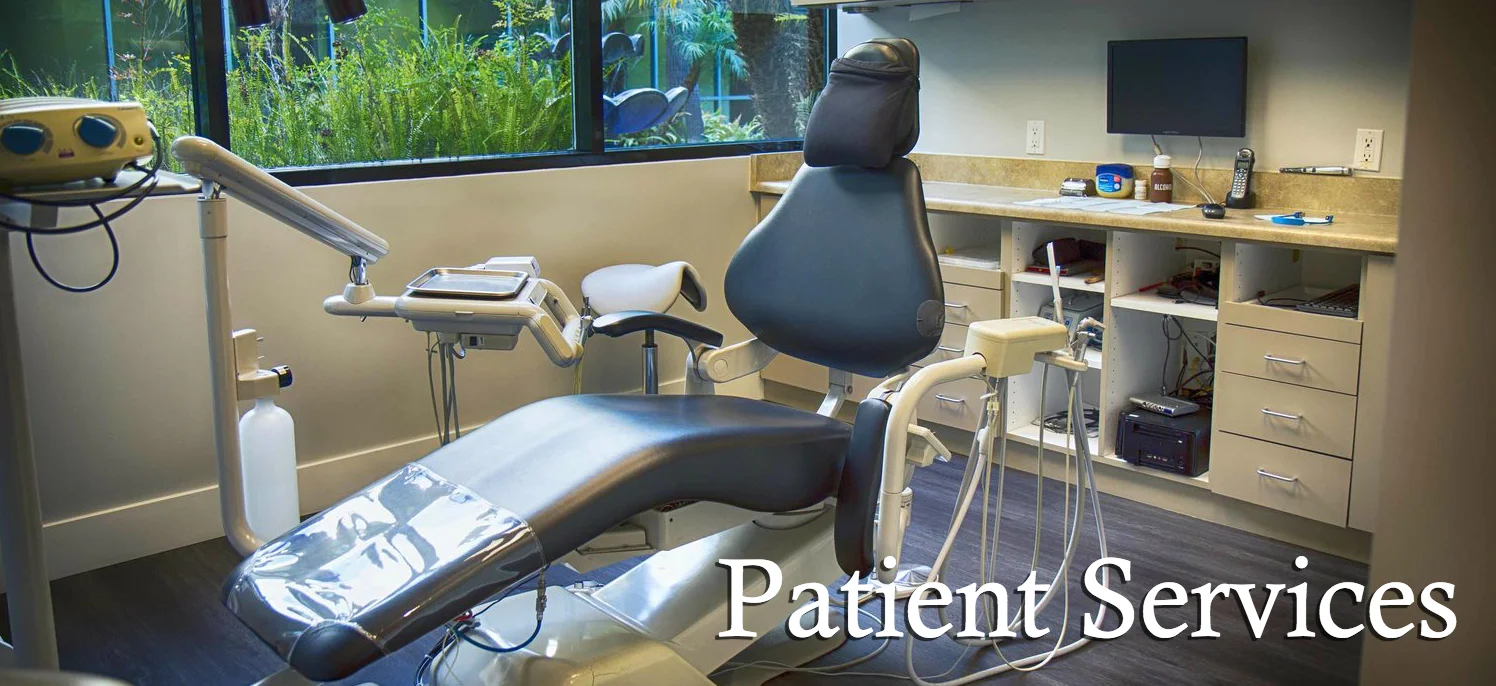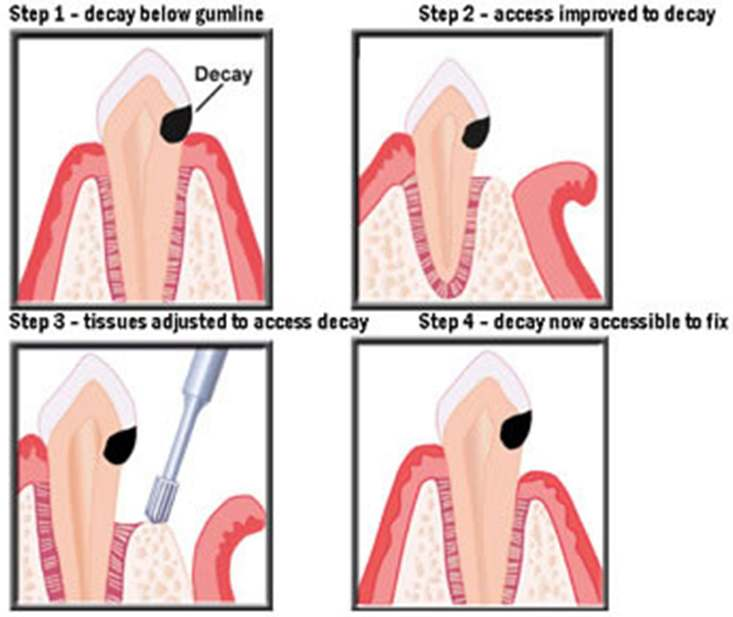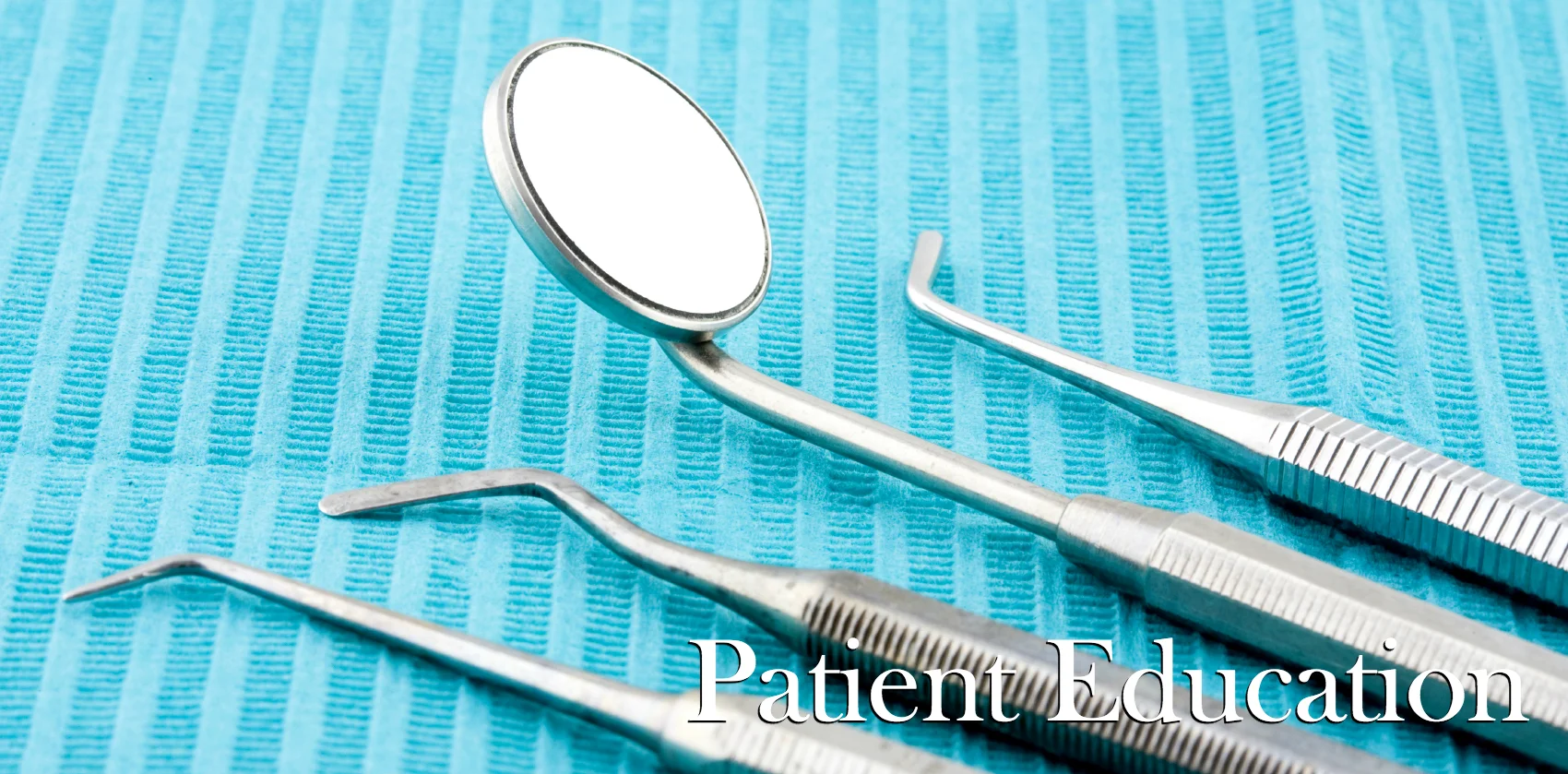If you're one of the millions of Americans with Periodontal Disease, there is a good chance you have either been offered or received a deep cleaning. You may also still be unclear on what this procedure can accomplish and why we do it. In this article, we hope to remove the mystery from this very beneficial treatment.
For starters, periodontal disease refers to a state of gum health where the moucosal tissues and/or bone have shrunken away from the teeth. In most cases, this is due to accumulation of hard tartar around the necks of the teeth and down the roots. Patients are left with deep gum pockets that serve as protective space for more tartar to form.
Healthy gum pockets range between 1-4 millimeters. With a toothbrush and floss, you can reliably clean to about three millimeters of depth. Beyond this, it takes a special set of skills and tools to get the teeth completely clean. If you have healthy gums or inflammation of the moucosal tissues only (gingivitis), a typical "prophy" dental cleaning will serve you well. However, generalized pockets of five millimeters or more will require a deep cleaning, also known as scaling and root planing.
A quick infographic explaining the transition from healthy gums to disease. An important note- healthy gums can naturally have a pocket of 1-4mm.
Scaling and root planing is a procedure that is administered to one quadrant of the mouth at a time, as opposed to the "whole mouth" approach of a normal cleaning. You may only have one or two quadrants of teeth that actually require a deep cleaning. To effectively provide this service, we need to numb your gums with some type of anesthesia. This may be in the form of a topical jelly or a traditional injection. We then use a combination of ultrasonic scalers and hand instruments to clean the teeth to the depths of their pockets, removing hard deposits and smoothing the tooth root surface. The ultimate goal of this treatment is to leave behind a healthy, bacteria-free root for new tissue to attach, thus creating a shallower pocket.
Deep cleanings are ideally only administered once and followed with a tight recall cleaning schedule. However, this depends largely on you body's ability to heal and your own home hygiene practices. It is also important to understand the limitations of a deep cleaning. While you may have a decrease in pocket depth, new bone is impossible to reform without surgery. Additionally, no amount of cleaning will save teeth with severe periodontal damage. To fully appreciate what a deep cleaning can do for your mouth, a complete dental exam with x-rays is absolutely necessary. To schedule an appointment or find out more about the different types of dental cleanings, please give our office a call!






















